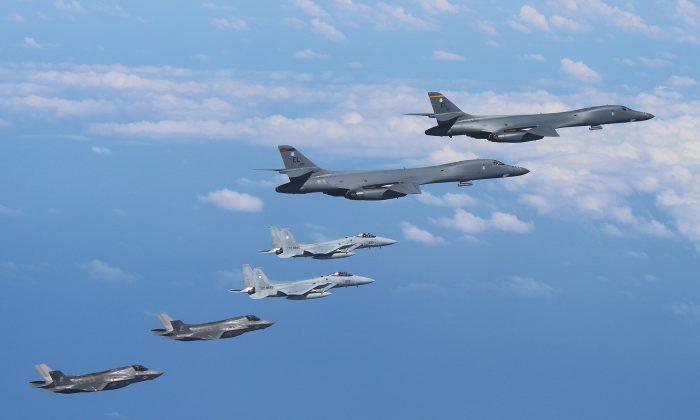SEOUL/TOKYO—South Korean and Japanese jets joined exercises with two U.S. nuclear-capable bombers above and near the Korean peninsula on Thursday, two days after NorthKorea fired a missile over Japan, sharply raising tension.
The drills, involving two supersonic U.S. B-1B bombers, four U.S. stealth F-35B jets as well as South Korean and Japanese fighter jets, came at the end of annual joint U.S.-South Korea military exercises focused mainly on computer simulations.
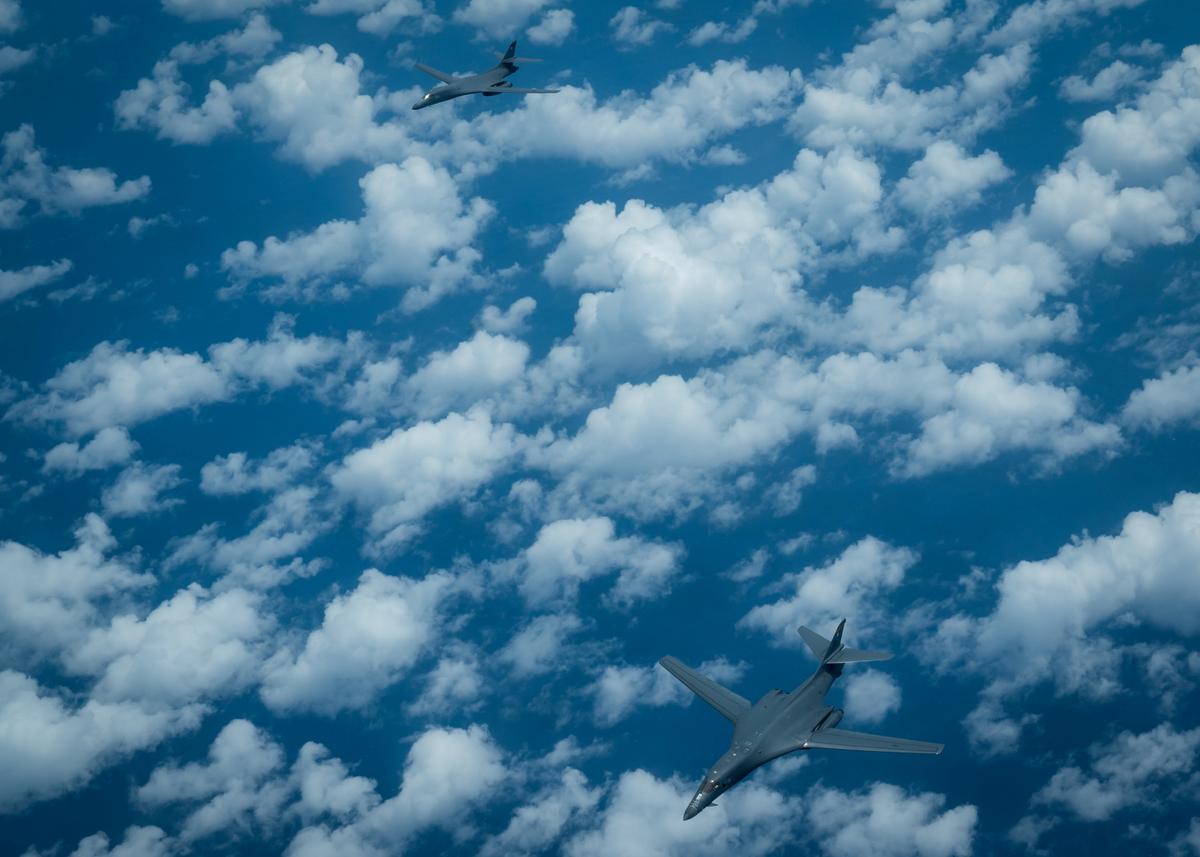
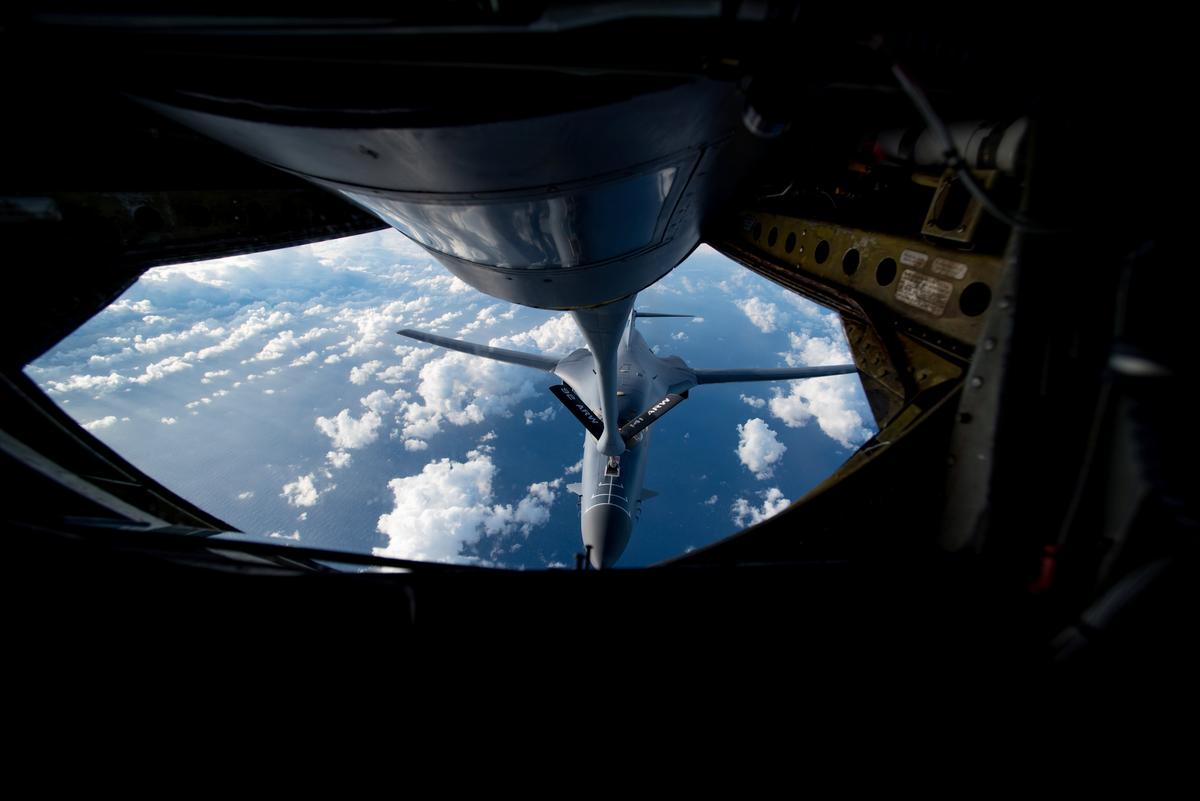
“North Korea’s actions are a threat to our allies, partners and homeland, and their destabilizing actions will be met accordingly,” said General Terrence J. O'Shaughnessy, Pacific Air Forces commander, who made an unscheduled visit to Japan to meet his counterparts.
“This complex mission clearly demonstrates our solidarity with our allies and underscores the broadening cooperation to defend against this common regional threat. Our forward deployed force will be the first to the fight, ready to deliver a lethal response at a moment’s notice if our nation calls.”
North Korea has made no secret of its intention to develop the knowhow to launch a nuclear-tipped missile at the United States and has recently threatened the U.S. Pacific territory of Guam.
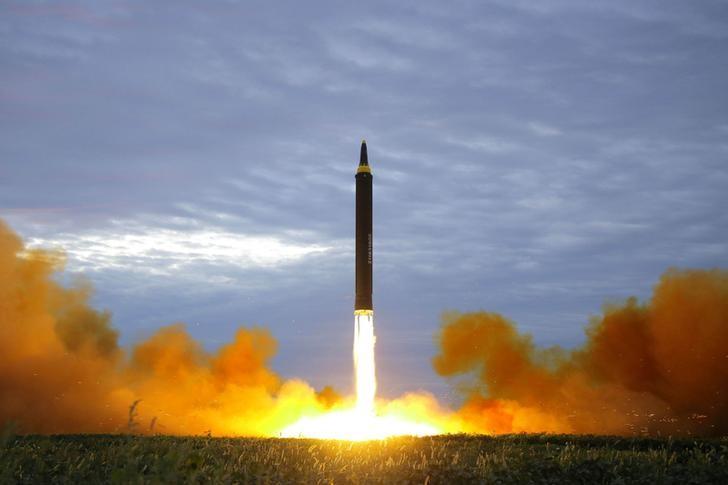
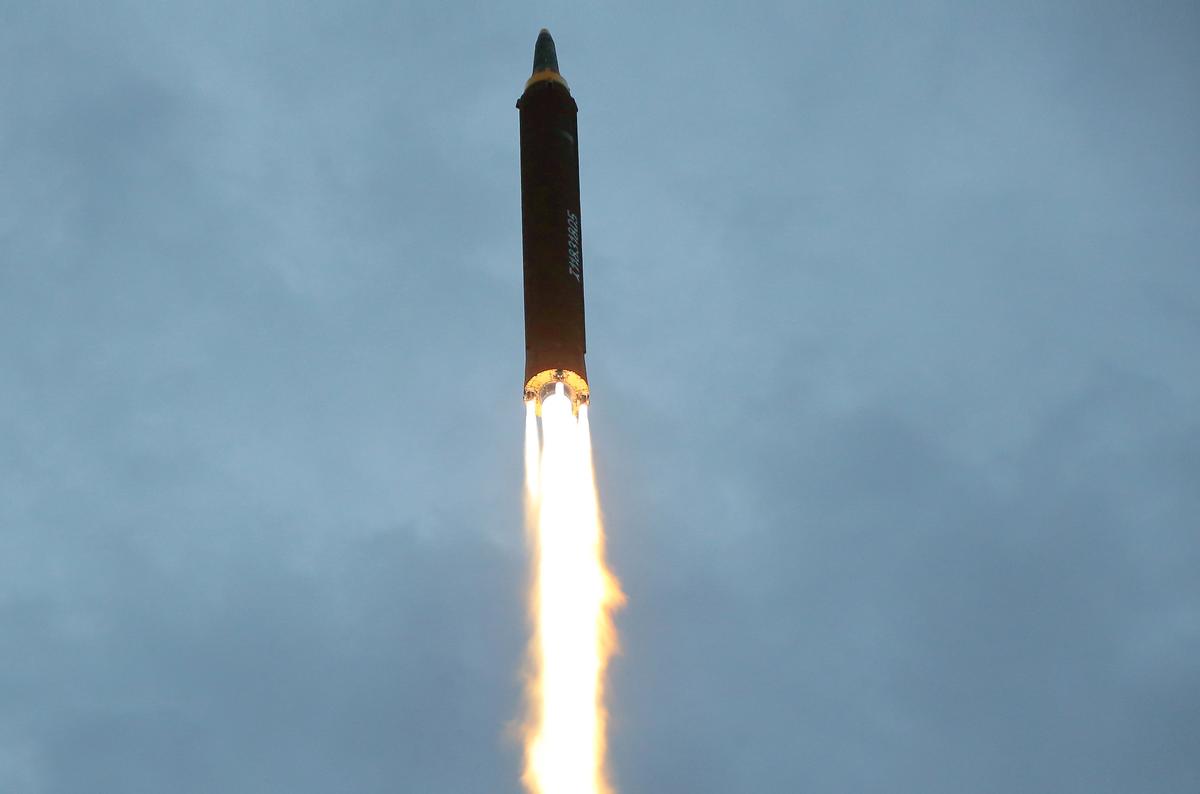
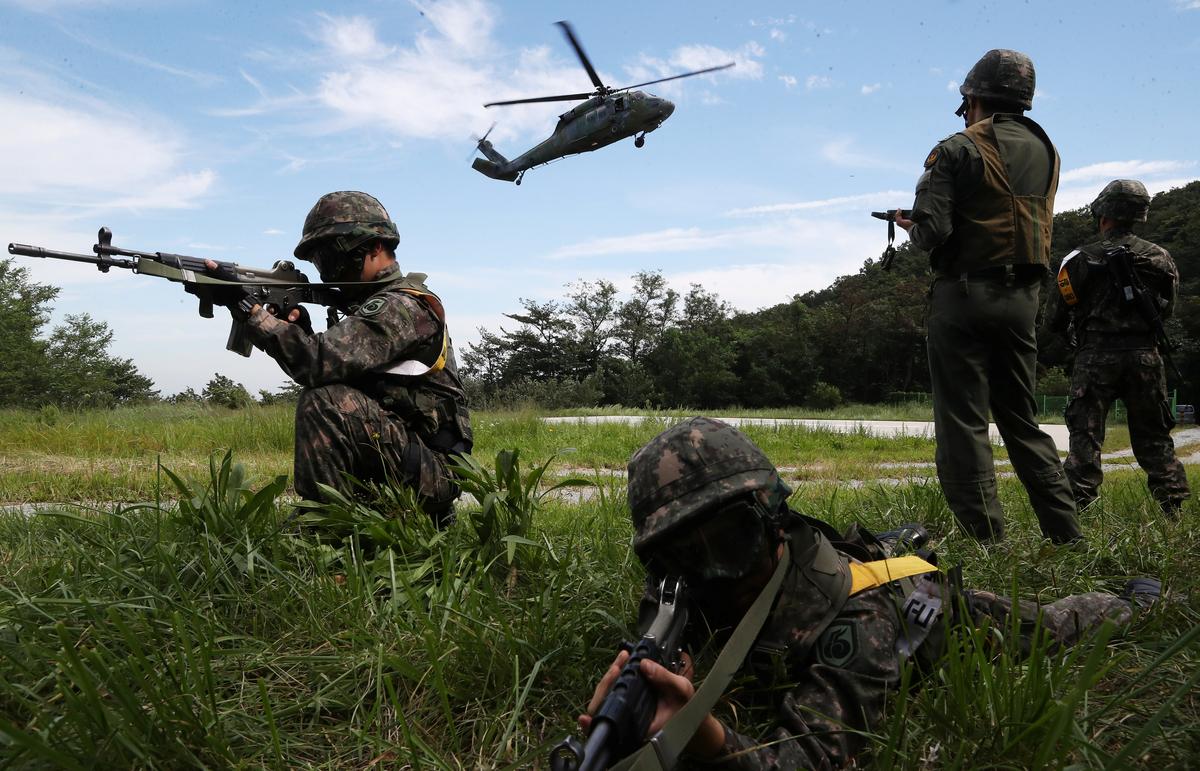
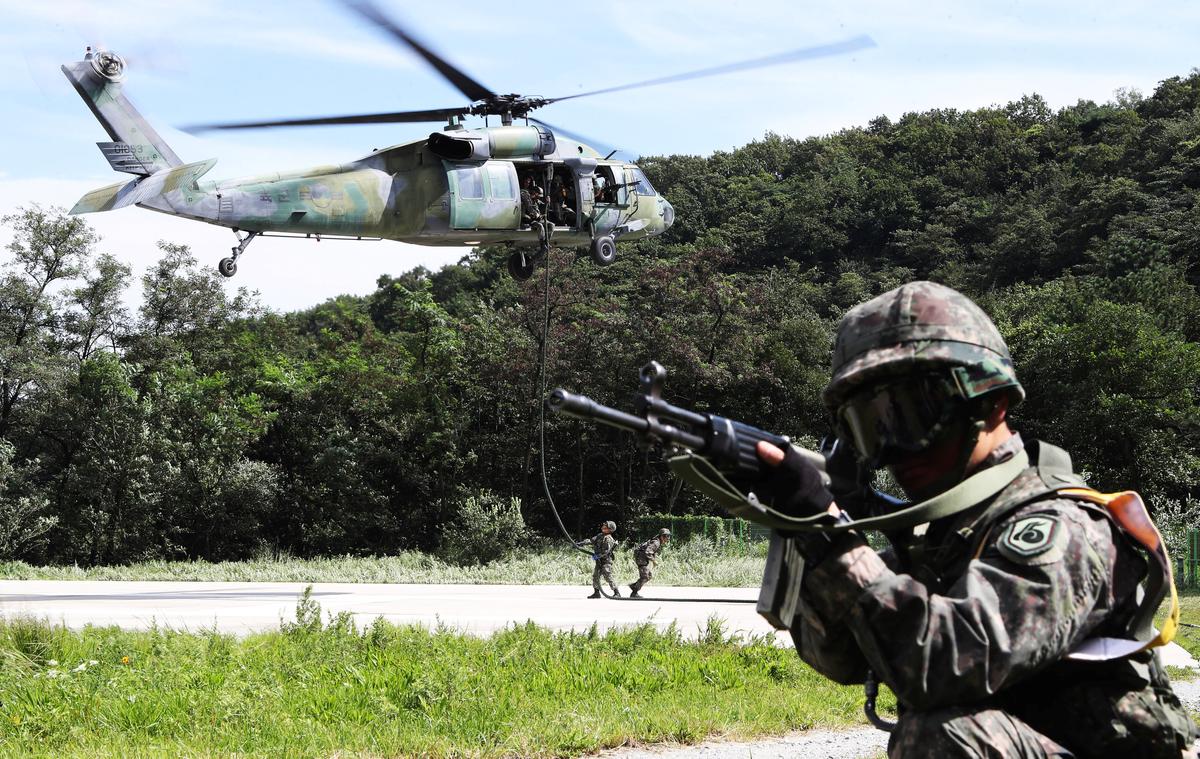
Sanction Options
The 15-member U.N. Security Council on Tuesday condemned the firing of an intermediate range ballistic missile over Japan as “outrageous” and demanded that North Korea halt its weapons program, but the U.S.-drafted statement did not threaten new sanctions.
Japan was pushing the United States to propose new U.N. Security Council sanctions, which diplomats said could target North Korea’s laborers working abroad, oil supply and textile exports.
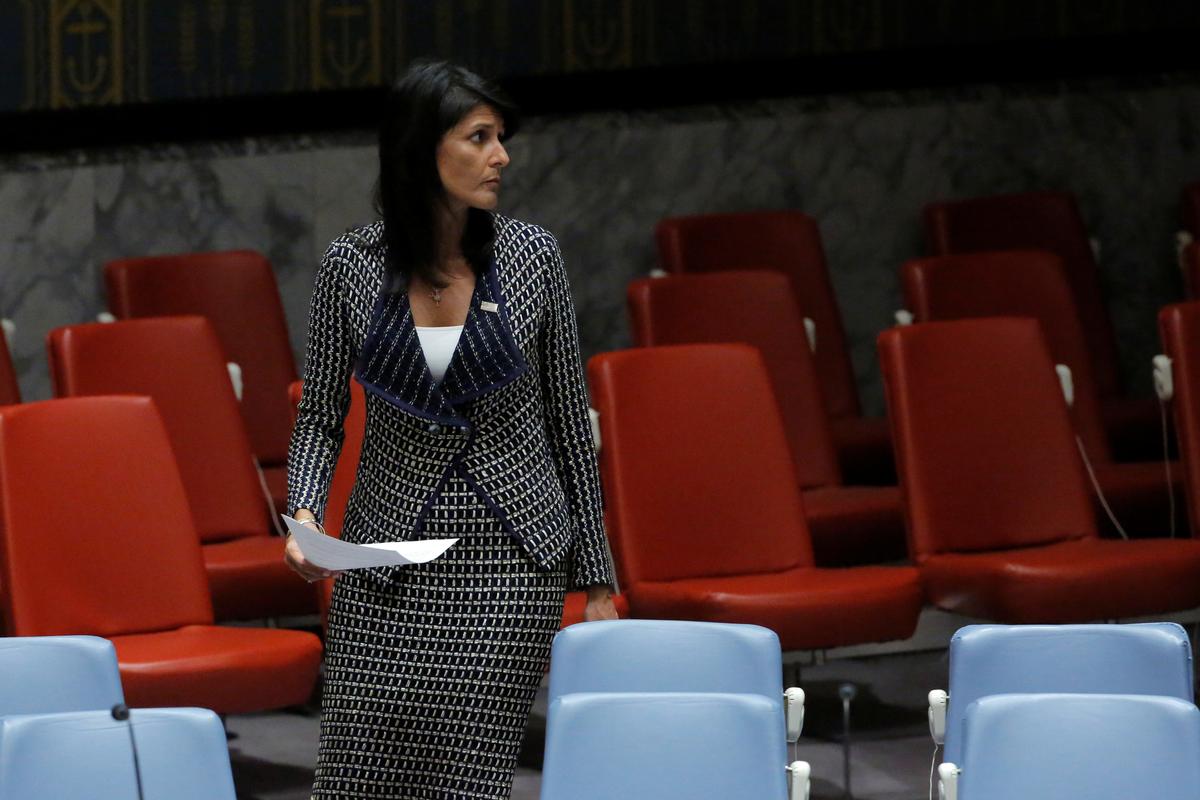
U.S. Ambassador to the United Nations Nikki Haley arrives for a meeting by the United Nations Security Council on North Korea at the U.N. headquarters in New York City on Aug. 29, 2017 (REUTERS/Andrew Kelly)
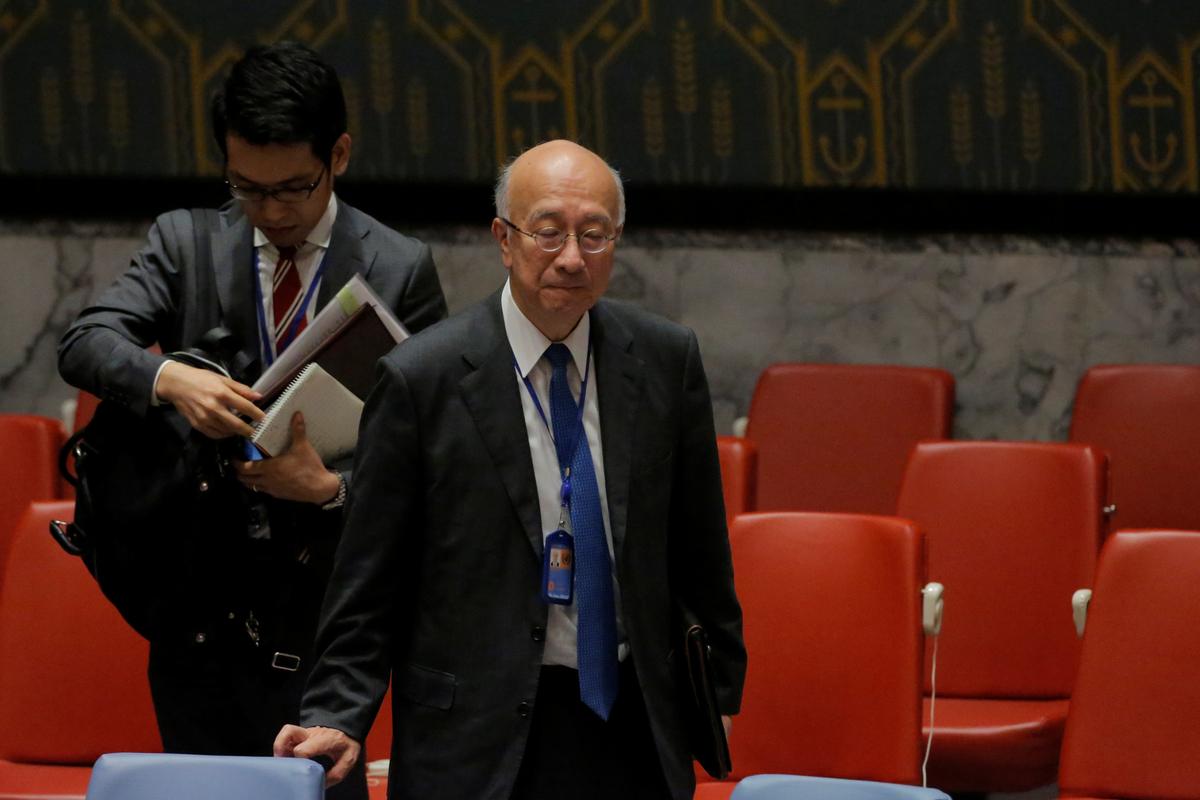
Diplomats expected resistance from Russia and fellow veto-wielding power China, particularly given new measures were only recently imposed after North Korea staged two long-range missile launches in July.
A U.S. ban on travel to North Korea comes into effect on Friday, curbing one of its few remaining supplies of foreign currency.
China again urged restraint from all parties.
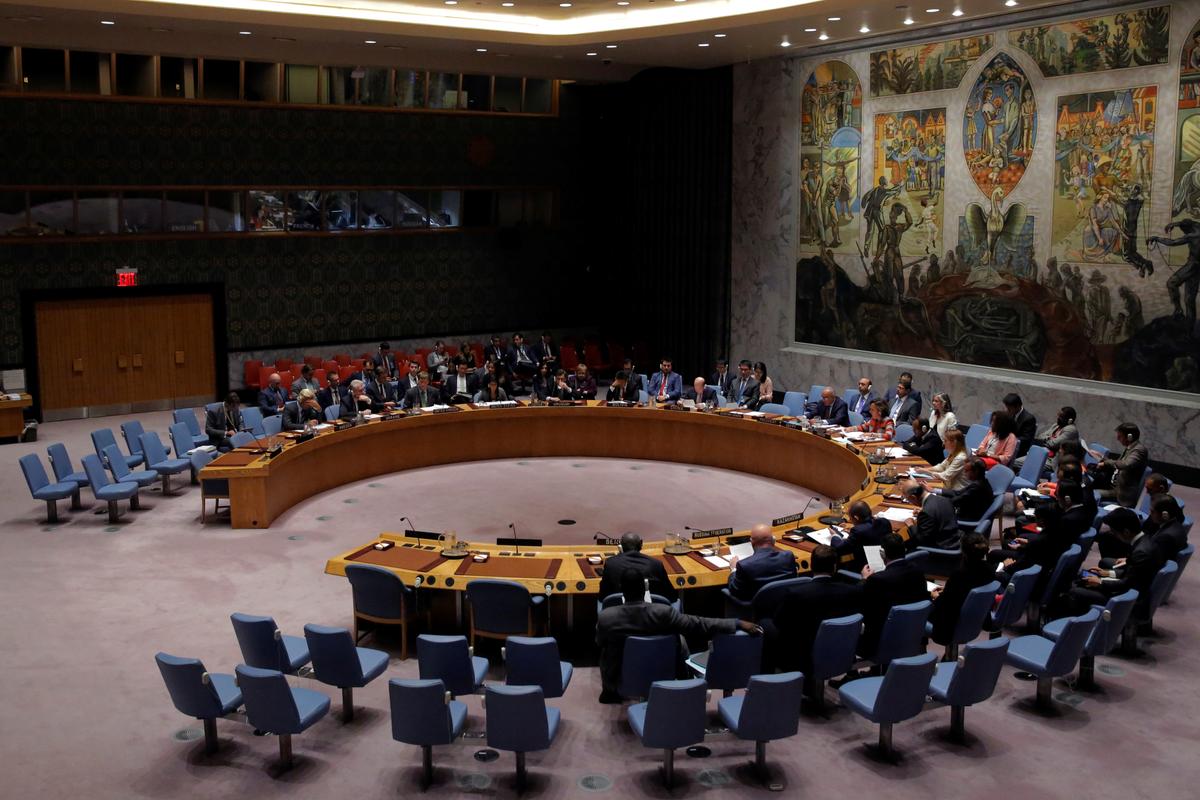
‘Key Milestone’
The Pentagon’s Missile Defense Agency and the crew of the guided-missile destroyer USS John Paul Jones conducted a “complex missile defense flight test” off Hawaii on Wednesday, resulting in the intercept of a medium-range ballistic missile target, the agency said.
The agency’s director, Lieutenant General Sam Greaves, called the test “a key milestone” in giving U.S. Navy Aegis Ballistic Missile Defense ships an enhanced capability, but did not mention North Korea.
The United States and South Korea are technically still at war with North Korea because their 1950-53 conflict ended in a truce, not a peace treaty.
For an interactive on North Korea’s missile capabilities, click here.
For a graphic on North Korean missile trajectories, ranges, click here.
For a graphic on Kim’s new act of defiance, click here.
By Jack Kim and Kaori Kaneko
